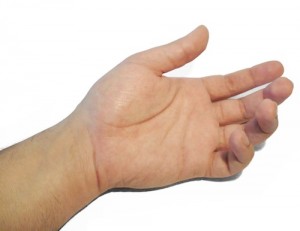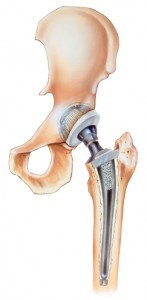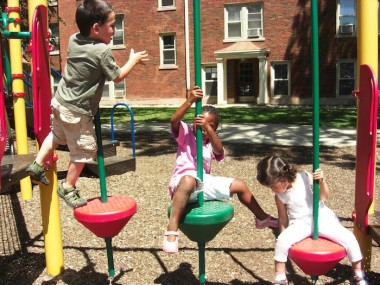Common Knee Injuries
The knee is a complex structure with many components that make it vulnerable to a variety of sports injuries. Most people suffer a minor knee problem at one time or another. Knee injuries often occur during sporting activities, too. In 2009, knee injuries were the most common reason for visiting an orthopedic specialist.
Knee Anatomy and Function
The knee joint is the largest joint of the body and the one that is most easily injured. Two cushioning discs call menisci separate the upper and lower bones of the knee. The upper leg bone (the femur) and the bones of the lower legs are connected by ligaments, tendons, and muscles.
The surface of the bones is covered by cartilage, a substance that absorbs shock and provides a smooth, gliding surface. Knee injuries are the result of damage to one or more of these structures. Of the four major ligaments found in the knee, the three that are injured the most are the anterior cruciate ligament (ACL), the medial collateral ligament (MCL), and the posterior cruciate ligament (PCL).
ACL Injury
The ACL is injured when athletes are changing direction rapidly, slowing down when running, or landing from a jump. Individuals who play basketball, football, and soccer and those who ski are particularly at high risk for ACL injuries. If this structure is damaged, you could require surgery to regain full function of your knee. This will all depend on the severity of your injury and your activity level.
Most of the time ACL tears are too severe to be stitched back together. The orthopedic surgeon will have to surgically repair this structure by reconstructing the ligament. Most of the time the doctor will use a tissue graft to repair the ligament. This graft acts as scaffolding for new ligament to grow on. Most of the time grafts are taken from the patellar tendon or the hamstring tendons.
MCL Injury
A direct blow to the outer aspect of the knee commonly causes injuries to the MCL. Those athletes who play football and soccer are at the highest risk. When the knee is forced sideways, the MCL can tear and result in knee pain. Swelling will occur with a MCL injury as well and the knee will become unstable and give way.
When the MCL is torn severely and cannot heal correctly, surgery is necessary. This will involve grafting a piece of tendon to allow the portions of the torn ligament to connect to. Most of the time, however, these injuries can be treated without surgical intervention.
PCL Injury
The PCL is most commonly injured when an athlete receives a blow to the front of the knee. This structure can also be torn or injured if the individual makes a simple misstep on the playing field. Those who participate in football and soccer are at the greatest risk for a PCL injury. This ligament is located in the back of the knee and connects the femur to the shinbone (the tibia).
When an athlete suffers a PCL tear or injury, the orthopedic specialist will most likely recommend surgery. This is done to rebuild the ligament by replacing the torn structure with a tissue graft. During the procedure the doctor will rebuild the PCL. A tendon or other structure is used to replace the torn ligament.
Meniscus Injury
The menisci tear in different ways. The orthopedic specialist depending on how they look, where they occur, and how complex they are classes the tears. Common tears include the parrot-beak, flap, bucket handle, longitudinal, and mixed/complex. Sports-related tears of the meniscus often happen along with other knee injury. Sudden tears can occur when the athlete squats or twists the knee. Direct contact or a sharp blow can also cause meniscus injury.
When a meniscus tear is serious and the symptoms persist with nonsurgical treatment, your doctor may recommend an arthroscopic procedure of the knee. This is one of the most commonly performed surgical procedures where the orthopedic specialist inserts a miniature camera into the knee joint to trim and repair the tear to the meniscus. While he is doing this surgery, other torn structures can be repaired and treated as well.


 Our orthopedic surgeons
Our orthopedic surgeons  Parents often hear the word fracture for the first time and think it is less severe than a broken bone. Fractures, however, are broken bones. The severity of a break depends on the force that caused the fracture, where the fracture is located, and if the break is complex or simple.
Parents often hear the word fracture for the first time and think it is less severe than a broken bone. Fractures, however, are broken bones. The severity of a break depends on the force that caused the fracture, where the fracture is located, and if the break is complex or simple.